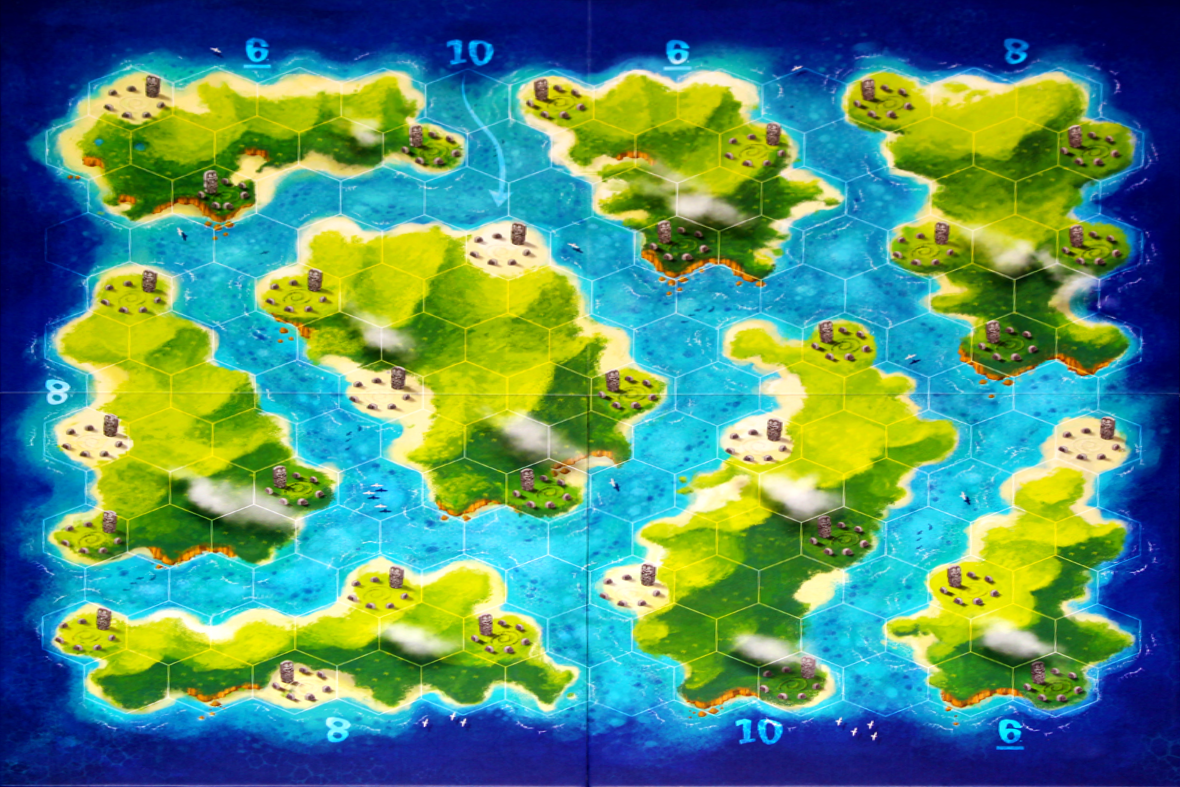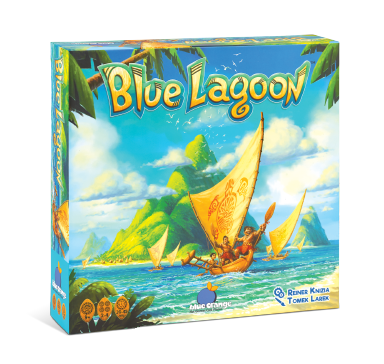COMP1110 Assignment 2
Academic Honesty and Integrity
Honesty and integrity are of utmost importance. These goals are not at odds with being resourceful and working collaboratively. You should be resourceful, you should collaborate within your team, and you should discuss the assignment and other aspects of the course with others taking the class. However, you must never misrepresent the work of others as your own. If you have taken ideas from elsewhere or used code sourced from elsewhere, you must say so with utmost clarity. At each stage of the assignment you will be asked to submit a statement of originality, either as a group or as individuals. This statement is the place for you to declare which ideas or code contained in your submission were sourced from elsewhere.
Please read the ANU's official position on academic honesty. If you have any questions, please ask me.
Carefully review the statements of originality in the admin folder which you must complete at each stage. Edit the relevant statement and update it as you complete each stage of the assignment, ensuring that when you complete each stage, a truthful statement is committed and pushed to your repo.
Purpose
In this assignment you will work as a group to master a number of major themes of this course, including software design and implementation, group work, using development tools such as Git and IntelliJ, and using JavaFX to build a user interface. Above all, this assignment will emphasize group work; while you will receive an individual mark for your work based on your contributions to the assignment, you can only succeed if all members contribute to your group's success.
Assignment Deliverables
The assignment is worth 30% of your total assessment, and it will be marked out of 30. So each mark in the assignment corresponds to a mark in your final assessment for the course. Note that for some stages of the assignment, you will get a group mark, and for others you will be individually marked. The mark breakdown and the due dates are described on the deliverables page.
Your tutor will mark your work via GitLab, so it is essential that you carefully follow instructions for setting up and maintaining your group repository. You will be marked according to whatever is committed to your repository at the time of the deadline. You will be assessed on how effectively you use Git as a development tool.
Problem Description
Your task is to implement in Java, using JavaFX, a board game called the Blue Lagoon. The design of the game and all imagery shown in this README comes from the game publishers, Blue Orange Games. You should either be creating your own artwork or making use of other works with an appropriate license.
A copy of the rulebook has been provided from the official site.
You can also find several video tutorials explaining how to play the game online, for example this video.
Game Overview
In Blue Lagoon, you play as a seafaring tribe on a quest to settle and explore a newly discovered archipelago. Enlisting the help of all the settlers in your tribe to claim territory, and scavenging the resources you find, you will make history as one of the first tribes on the archipelago. But be careful! Other tribes have found the islands too, and it's a race to the top to see who can end up the most renowned tribe of the archipelago.
Blue Lagoon is a board game for 2-4 players. Each player manages a group of settlers who will be finding precious resources and claiming islands in the newly discovered archipelago.
The game is played over two phases - the exploration phase followed by the settlement phase. On a player's turn, they will be playing one of the tokens from their hand on to the board in order to work towards claiming resources and islands. At the end of each phase points are scored based on the islands each player claims and the resources they collect. Highest score wins!
An overview of the game rules is given below. Use this, in addition to the resources linked above. If anything is unclear, please consult the class forum for clarification.
Game Rules
It is strongly encouraged to read the rulebook. Though a brief overview of the rules will be provided here.
Overview
Game
The game is played over two different phases - the exploration phase, and then the settlement phase. The score is counted at the end of each phase, the highest score wins!
Components
All players start with 5 villages. In a 2 player game each player has 30 settlers, in a 3 player game 25 settlers and a 4 player game 20 settlers.
There are 24 resources (coconuts, bamboo, water and precious stones) and 8 additional statuettes (important: these are counted separately to resources). All resources and statuettes will be randomly distributed amongst the stone circles on the board at the start of the game.
The standard game is played on the below game board. On the game board you can see eight different islands (each with a score attached) and 32 stone circles which will hold the resources and statuettes. You will also see that the board can be divided up into land tiles and water tiles.

Exploration Phase
Each player sequentially takes turns playing a piece from their collection of settler and village tokens.
The rules for playing a piece are as follows:
- A settler can be placed on any unoccupied water space
- A settler or a village can be placed on any unoccupied land space adjacent to one of their pieces.
If a piece is placed on a stone circle, the player instantly claims the resource in that space into their hand.
End of Exploration Phase
Once either of the end of phase conditions occur, points are scored and the settlement phase begins.
End of Phase Conditions
The exploration phase ends when either:
- All resources (not including statuettes) have been collected
- No player has any remaining moves available
Scoring Exploration Phase
The rules for scoring are as below. Please refer to page 3 of the rulebook for scoring examples.
Total Islands
Players with pieces on eight or more islands score 20 points. Players with pieces on exactly seven islands score 10 points. Otherwise, 0 points are scored.
Links
A (potentially) branching path of neighbouring settlers and villages belonging to a player forms a chain. Players earn points from the chain of their pieces which links the most islands. Players earn 5 points per linked island in this chain.
Majorities
The player with the most pieces on an island scores the points indicated on the board for that island. In the case of a tie, the points are divided evenly between the tied players, rounding down.
Resources
Players score points for the resources they claimed during the phase.
For each resource type (coconuts, bamboo, water and precious stones), each player receives the following points:
- 4+ of a kind: 20 points
- 3 of a kind: 10 points
- 2 of a kind: 5 points
Additionally, if a player has collected all 4 different resources, they get 10 bonus points.
Statuettes
Players receive 4 points per claimed statuette.
Settlement Phase
Setup
All settlers, resources and statuettes are removed from the board, as well as villages placed on stone circles. All villages except for those remaining on the board are discarded.
All resources and statuettes are then randomly distributed amongst the stone circles again.
The player after the player who ended the exploration phase has the first turn.
Play
Play continues, this time however players may only place settlers next to pieces they already own. That is, one cannot play on an unoccupied water space anymore unless it is adjacent to one of their pieces.
End of Game
The settlement phase ends using the exact same conditions as the exploration phase.
Once the settlement phase ends, the score is again calculated using the same scoring system.
Each player adds the scores between the 2 phases.
The most points wins! If there is a tie, the player with the most resources and statuettes wins. Otherwise, the tied players share the victory!
Encoding for Testing
More details of the BlueLagoon class and the string encoding used
for interfacing with tests will be included here after D2B is complete.
Your High Level Task
Create a fully working game, using JavaFX to implement a playable graphical version of the game in a 1200x700 window.
Notice that aside from the window size, the details of exactly how the game looks etc., are intentionally left up to you. You may choose to closely follow the look of the original board game, or you may choose to present the game in a totally different manner.
The only firm requirements on the GUI are that:
- Your game must run using Java 17 and JavaFX 17.
- Your implementation must respect the specification of the game rules given here.
- Your game must be easy to play.
- Your game must run in a 1200x700 window.
- Your game must be executable on a standard lab machine from a jar file
automatically built from your project called
game.jar(as outlined in D2E).
In addition to the main GUI, the backend of your game (the part that
implements the game logic) should be linked to the static methods
declared in BlueLagoon.java so that we can test your implementation.
Evaluation Criteria
It is essential that you refer to the deliverables page to check that you understand each of the deadlines, what is required, and the mark breakdown. This assignment has multiple deliverables, D2A to D2G. A significant part of your assignment will be marked via tests run through gitlab's continuous integration (CI) framework, so all submittable materials will need to be committed and pushed to gitlab and in the correct locations, as prescribed by the deliverables page.
Some marks in deliverables are attributed to the completion (and tests passing if relevant) of specific tasks. There are 17 tasks (from #1 through to #17) that are outlined in gitlab issues associated with your team's fork of the assignment 2 project. Not all tasks have tests associated with them, instead some will be manually marked.
Importantly not all activities you will have to perform to complete a deliverable are covered by a task, instead refer to the deliverables.
The deliverables that depend on tasks are summarised as:
- D2A: task #1
- D2B: task #2
- D2C: tasks #3 to #8
- D2F: tasks #9 to #17 (and tasks #3, #4, #6, #7, #8 to a small degree)
The tasks (mostly) increase in difficulty the higher the task number. However, note that the GUI-related tasks will generally require significantly more work than other tasks related to backend game logic.
Some, but not all, tasks will depend on the completion of earlier tasks. For example, a later task might build on or make use of game logic developed as part of an earlier task. We don't make these dependencies explicit because the relationships should become relatively apparent after a bit of design work (and they will depend somewhat on your design).
Keep the relative difficulty and the potential dependencies between tasks in mind when negotiating which team member will work on what tasks. Try to structure things so that you can work relatively independently, or otherwise agree on some clear internal deadlines when one member relies on the output of another.
